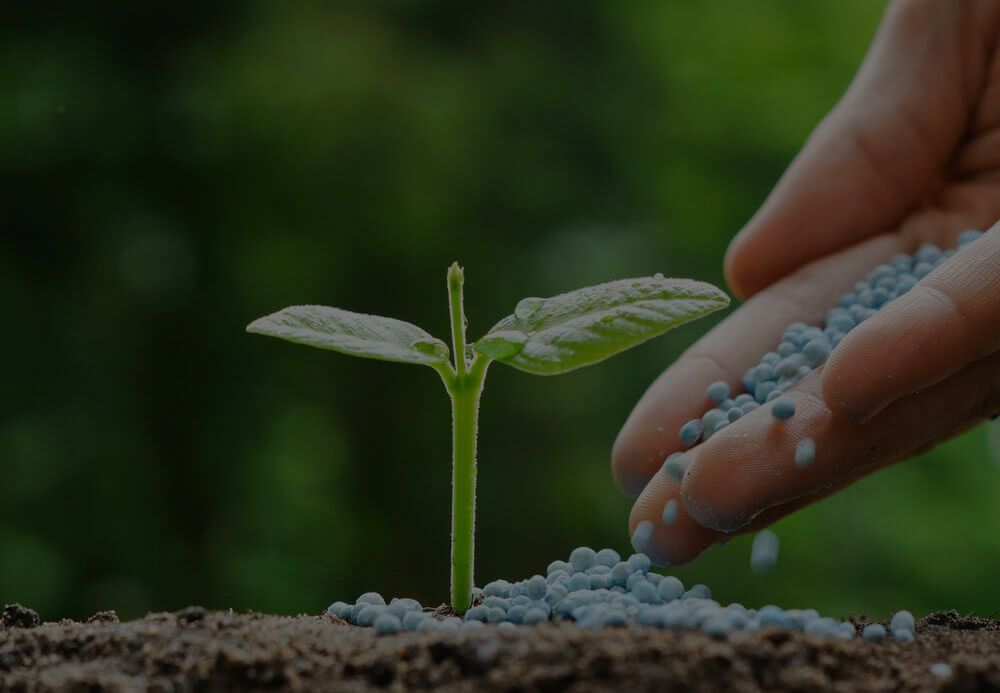
Fertilizer or plant food is an important element apart from water and sunlight necessary for plants’ healthy growth.
Fertilizers improve the nutrition amount in the soil and provide support to plant’s health and growth. However, there are several types of fertilizers each contributing to the health of the plants differently. So let’s have a look at these fertilizers and how to use them.
Types Of Fertilizers
Inorganic Fertilizers
These are factory-made synthetic fertilizers containing various nutrients. Here are some examples
- Nitrogen-based fertilizers: Help in the vegetative growth of various leafy vegetables and young plants.
- Phosphorus-based fertilizers: Promotes the growth of roots, flowers, and fruits.
- Potassium-based fertilizers: Improves plant’s resistance to diseases, fruit quality, and overall plant growth.
Organic Fertilizers
These fertilizers are made from organic sources such as animal and plant waste, decomposed organic matter, and bone meal. Organic fertilizers are slow-release and therefore, take more time than inorganic fertilizers. However, they don’t affect the quality of the soil in any way and help in the long-term development of plants.
When To Fertilize Plants?
There are many signs that a plant will show indicating nutrient deficiency such as:
- Change in color and texture of the leaves. One of the most prominent signs of nutrient deficiency in the majority of plants is the yellowing of leaves.
- Moreover, nutrient deficiency would also cause a halt in the plant’s overall growth resulting in slow or poor development of the foliage.
- The use of fertilizers also depends on the quality and the type of your soil. For example- Sandy soil would need more frequent fertilization than clayey soil which can retain nutrients for a long time.
How To Fertilize Plants?
Here are some steps to keep in mind when fertilizing plants –
- Follow the instructions on the package to mix the right amount of fertilizer with water.
- Use the solution directly on the soil and avoid stems and leaves.
- Pour the solution until it starts to come out of the drainage holes in the pot.
- Check that the plant isn’t sitting in water after some time to prevent root rot.
Precautions To Take While Fertilizing Plants
- Don’t overuse fertilizers and follow only the instructions given on the package.
- Only use fertilizers when your plant shows signs of nutrient deficiency.
- Water plants after using fertilizers to provide easy absorption.
- Wear protective gear while using fertilizers i.e. gloves and masks.
- Store the fertilizers safely to avoid contamination.
- Regularly test your soil before and after using fertilizers to know its condition.
To Know More About Different Types Of Fertilizers And the Fertilizer Needs Of Specific Plants Download The Plantora App!
Raghav is a talented content writer with a passion to create informative and interesting articles. With a degree in English Literature, Raghav possesses an inquisitive mind and a thirst for learning. Raghav is a fact enthusiast who loves to unearth fascinating facts from a wide range of subjects. He firmly believes that learning is a lifelong journey and he is constantly seeking opportunities to increase his knowledge and discover new facts. So make sure to check out Raghav’s work for a wonderful reading.





